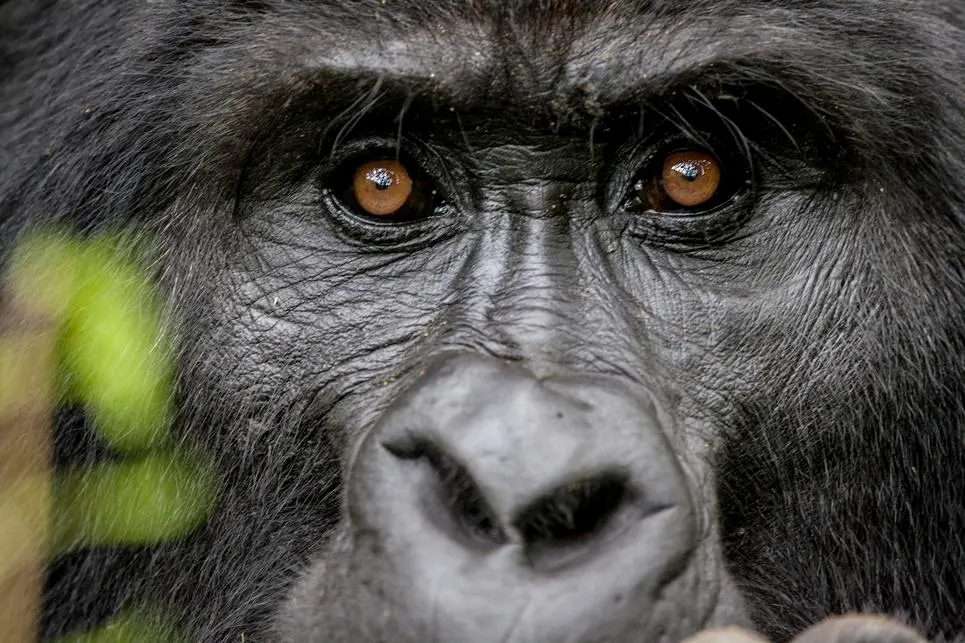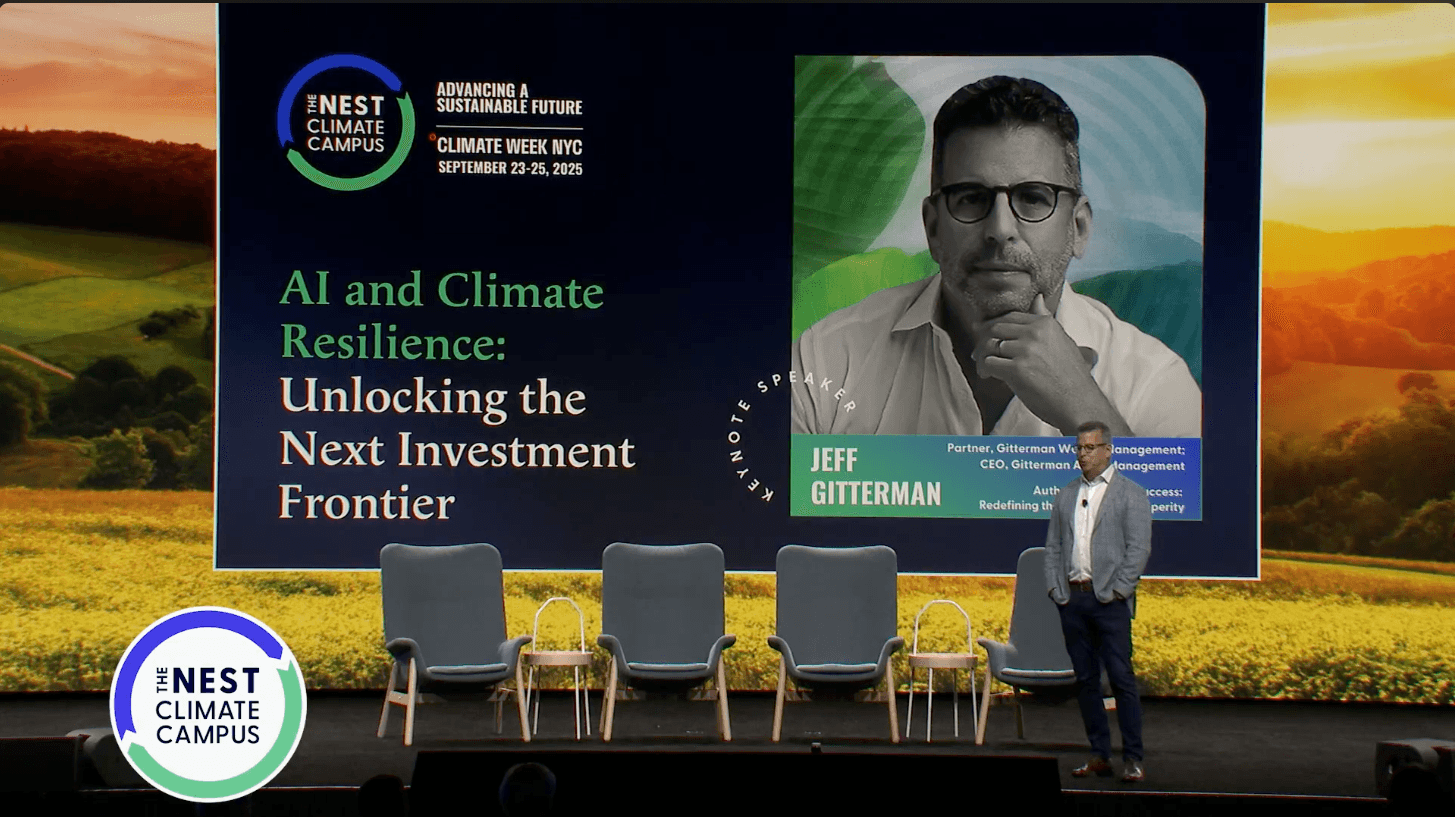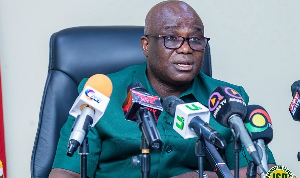Copyright forbes

Silverback Mountain Gorilla is an endangered species of primate living in Rwanda, Uganda and DRC. Rwanda has a lot to celebrate this year. A century ago, in 1925, Africa’s first national park was created, launching the Greater Virunga Ecosystem, which is now one of the planet's most vital biodiversity frontiers. This milestone coincides with 25 years of gorilla tourism and 20 years of Kwita Izina, Rwanda’s now-iconic annual naming ceremony of newborn mountain gorillas. "It is a historic moment for conservation this year," said Praveen Moman, founder of Volcanoes Safaris, who witnessed each chapter in the country’s remarkable history and even named one of the baby gorillas during the first ceremony in 2005. These milestones tell a powerful story of transformation from a region once defined by conflict to a leading example in conservation, community-led tourism and sustainable growth. How Rwanda’s Conservation Legacy All Started On April 21, 1925, Albert National Park, the first African national park, was established in the Belgian Congo to protect the Virunga Mountains, the habitat of the mountain gorilla. In 1929, the park was extended to protect the Virunga Mountains in Rwanda. View into the mountain range of the Virunga volcanoes in the border-triangle between Rwanda, Uganda and the DRC. MORE FOR YOU When Congo gained independence and became the Democratic Republic of Congo in 1962, Albert National Park was renamed Virunga National Park. Seven years later, in 1969, the Rwandan portion was officially designated as Volcanoes National Park. It was around that time that Dian Fossey founded the Karisoke Research Center in 1967 and began documenting gorilla behavior. She fought against poaching, hired rangers and advocated for long-term conservation programs. "Dian didn’t want tourism," said Moman. "But official tourism projects started in the 1980s." Only up until the 1990s, when the Rwandan Civil War started, followed by the Congolese Civil War. It caused unimaginable suffering for both nations, the gorillas and the environment. Praveen Moman with Katie Fawcett, director of the Karisoke Centre and Claire Richardson, president of Dian Fossey Gorilla Fund International in 2002 during their first visit of the Dian Fossey Memorial after the conflict ended in Rwanda, organised by Volcanoes Safaris. Praveen Moman, Volcanoes Safaris Moman also recalled how challenging it was when Rwanda reopened in 2000. "The situation in the Great Lakes was still uncertain, and infrastructure was limited. The gorilla park was functioning at a rudimentary level, but skilled staff were not available. And of course, the human cost of the conflict had been huge," said Moman. "I was the first person to build a property near the gorilla park with local artisans in 2004, the now well-known Virunga Lodge," he added. Virunga Lodge overlooking the Virunga Volcanoes in Rwanda. Volcanoes Safaris 20 Years That Changed Everything For Rwanda’s Wildlife And People However, 2005 marked a turning point since the government introduced Rwanda’s tourism revenue-sharing model, launched the Kwita Izina gorilla-naming ceremony, and formalized strict rules for tourism and conservation. People gather at the 19th gorilla naming ceremony in Musanze, Rwanda. Xinhua News Agency via Getty Images Rwanda runs one of the world’s most tightly managed wildlife experiences. Only 96 visitors a day can track its 12 habituated gorilla families in Volcanoes National Park. It means eight per group, one hour per visit, while maintaining at least 23 feet (7 meters) distance. Permits cost USD 1,500 per person per day. They need to be pre-booked and restricted to those 15 and older. Furthermore, 10% of tourism revenue from national parks supports community projects for the communities living in four Districts directly adjacent to the parks. "The split is proportional to the number of sectors bordering the park in each District. All 12 sectors receive an equal share of tourism revenue. However, the distribution among sectors may be guided by the prevailing issues in the communities," said ----- from Rwanda Development Board (Visit Rwanda). Each year, the amount to be shared is announced during Kwita Izina. Afterward, park management and the four Districts hold a project selection meeting to determine which community initiatives will receive funding. A group of buildings acting as a school in Rwanda. Projects are chosen collaboratively by a joint committee of community representatives, conservation partners, local government and park officials. They range from infrastructure investments, such as schools, health centers, and sanitation systems, to programs that expand economic opportunities or initiatives that manage human–wildlife conflict. "What makes the model powerful is the clarity: high-value, low-volume tourism underpinned by strong governance and visible community benefits. It’s conservation and development working hand in hand," said Lydia Eva Mpanga, founder of Nkuringo Safaris. And "the impact has been tangible," Mpanga added. “Over the years, tourism revenue has funded hundreds of projects, including schools, health posts, water tanks, even beekeeping and handicraft cooperatives, directly improving daily life in villages at the park edge.” She also noted that farming remains the main livelihood, but tourism has introduced new income streams. Many former poachers now earn a living through cultural performances at the Gorilla Guardians village; local youth work as guides or porters; women manage craft cooperatives; and nearby lodges hire and train staff from surrounding communities. Leonidas Barora (L), a former poacher simulates a traditional wedding ceremony for visiting tourists at Kinigi. AFP via Getty Images Rwanda’s gorilla tourism has indeed become a global case study in sustainability. David Ermen, a sustainable tourism consultant and trainer with the Global Sustainable Tourism Council, highlighted Rwanda’s revenue-sharing model in 'Tourism – A Driver for Shared Prosperity,' a report jointly prepared by the United Nations World Tourism Organization and the World Tourism Alliance. He noted in the report that “There is no sustainable tourism without meaningfully involving local communities who live and work near protected areas, as they are key stakeholders.” "It is a very positive case," Ermen said. “Rwanda and Uganda are the only two African countries that have formalised revenue-sharing models in place.” How To Sustain Rwanda’s Sustainable Tourism Model When asked what happens next, Moman replied, “Going forward, there will continue to be the need to have strict control on the number of visitors a day to avoid stressing the gorillas or enabling disease transfer. All stakeholders need to respect these controls to guard against overtourism, as we see in many countries around the world and with the wildebeest migration in neighbouring East African countries.” Pravenn Moman, founder of Volcanoes Safaris, Felix Ndagijimana, MSc, director of Rwanda Programs for Dian Fossey Gorilla Fund and Francois Bigirimana, a legendary porter of Dian Fossey are at the latest gorilla naming ceremony in 2025. Praveen Moman, Volcanoes Safaris After attending this year's Kwita Izina, he also recalled that “there was a particular focus on the ambitious plan to expand the national park to provide greater habitat for the gorillas, led by the government of Rwanda, in conjunction with the World Bank, African Wildlife Foundation and other leading conservation organisations.” Today, the number of mountain gorillas has risen to about 1,100, up from an estimated 300 in the 1960s. Yet, the protected area remains small. Volcanoes National Park covers roughly 62 square miles, compared to the 3,000-square-mile Virunga National Park across the border in the Democratic Republic of Congo. Still, "the thought of no tourism is a terrifying one for the conservation," said David Guthrie, founder of A Tent With A View, in a previous email interview when asked whether grounding every traveler could ever be considered a true climate win. But in Rwanda, travelers see firsthand a rare conservation model where people and wildlife coexist and sustain one another through tourism. Gorilla trekking offers more than a glimpse of mountain gorillas. It is a shared effort, collaboration, and community commitment to protect them, allowing visitors to understand the impact of their contribution. “Rwanda Tourism has undoubtedly successfully supported gorilla conservation and communities around the parks, but this momentum should extend to Kigali, where every gorilla trek begins and ends, yet travelers often overlook it,” said Sheila Kyarisiima, founder of The Pinnacle Kigali, a nine-suite ultra-luxury boutique hotel set to open in January 2026. She is one of the few Black women running a hotel in all of Africa. Skyline of Kigali, the capital and largest city of Rwanda. She explained in an email interview that most visitors spend just two nights in Rwanda before continuing to Tanzania or Kenya, often arriving in Kigali at night and leaving for the parks the next morning. She hopes “to see more operators and advisors designing these gorilla itineraries to include two nights in Kigali, giving their clients more time to immerse themselves in the city’s culture and to support incredible small business in the city from bars and restaurants to art galleries and stores.” “Any capital city provides an opportunity to feel the rhythm of the heartbeat of a nation, and Kigali is no different,” she added. The Pinnacle Kigali is a nine-room ultra-luxury retreat in Rebero Hills, Kigali, Rwanda. The Pinnacle Kigali Editorial StandardsReprints & Permissions



